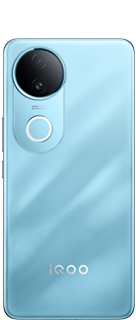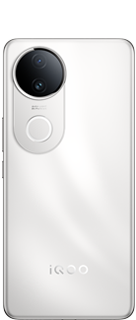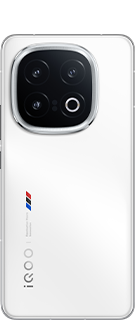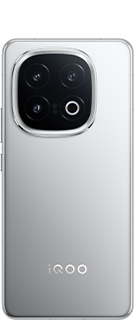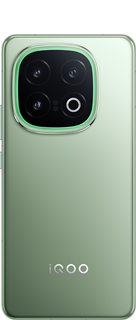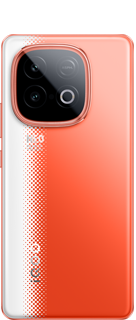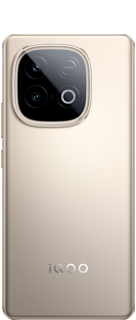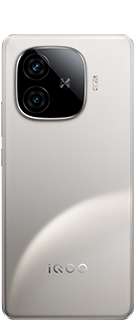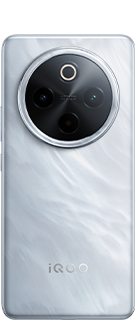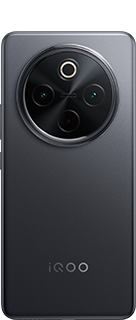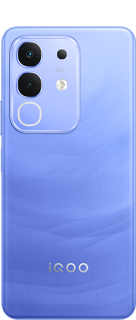Why is my Android phone heating up while it's charging

You may have noticed that phones and other devices sometimes get warm when they charge. In most cases, it isn't cause for alarm. Still, a hot phone can be a symptom of a larger problem. We explain why phones get warm during charging and when you should worry about it.
What causes heat in electronics?
A tale of atoms and electrons playing pogo
Our devices are made with components that aren't ideal. They resist the flow of electrical current through them, which causes some of the energy to be converted to heat. This is a great feature for making a space heater, but it's an unwanted side effect that affects even the best Android phones. This heat is generated by the flowing electrons hitting atoms inside the transistors and wires in your phone. Think of it like the warmth you feel when rubbing your palms but on a microscopic level.
Why does a phone get warm when charging?
Because efficiency matters
Your charger doesn't technically charge your phone's battery. Not by itself, at least. It's merely a power supply. Most of the charging bits are inside the phone. The charging circuitry is comprised of chips, transistors, and other components that regulate the charging process and provide protection against all sorts of things that could go wrong.
However, every element in the charging circuit, battery included, generates a tiny bit of heat. Typically, over 90% of the energy from the charger is stored in the battery. The remaining few percent that aren't stored are dissipated as heat, causing your phone to get warm.
What if a charging phone gets hotter than usual?
It is usual for any Android phone to be warm to the touch when charging, especially when using a fast charger. However, a phone shouldn't be too hot to handle comfortably. Although temperature sensors are built into every phone for safety, things could go haywire. If you suspect a phone is overheating, stop charging it immediately. Batteries quickly degrade when exposed to high temperatures, and a burning battery is not a sight you want to observe up close.
Possible causes for an Android phone getting hot while charging
- An old or faulty battery: As batteries age, their internal resistance rises. This could result in them heating up more compared to when they were new.
- A poorly made charging cable: If a cable uses low-quality wires or a bad connector, the heat generated by the resistance could be transferred to the phone.
- A shoddy repair job: Did you replace your battery at a sketchy phone shop? A counterfeit replacement component or a poor connection could be to blame for an overheating phone.
- Physical damage or a hardware defect: Anything can break when you drop your phone the right way.
- A thicker phone case: Protective cases are made of materials that trap heat. If yours is extra thick, it might cause your phone to overheat during charging, especially on a hot summer day.
- Switching to a more powerful charger: Phones know how much power they can handle, and they never pull too much from a properly made charger. However, if you switch to a compatible high-speed charger after using a slow one for a while, your phone could feel warmer than before. This is normal.
- An app running in the background: Did you forget to exit Google Maps navigation before plugging in your phone? Close all apps and see if that cools down your charging phone.
- The screen is still on: You can use your phone while it's charging, but this may cause it to get warmer than usual and charge slowly. If your phone is on the charger, don't leave its screen on if it doesn't have to be. Phones charge best with their screens off.
- A software glitch: Chances of this are low, but not zero. Outdated software or a rushed update might cause charging issues. If you experience issues, install the latest updates for your phone.
Will wireless charging heat up my phone?
With greater convenience come greater energy losses
Wireless charging can generate quite a bit of heat since the process is less efficient. Results vary from charger to charger. A phone could get extra warm when charging wirelessly as the pad or stand produces heat on top of what the phone generates.
Still, the temperature increase should be within acceptable limits if you use a Qi-certified wireless charging device. These devices go through safety tests before going on sale. Better yet, some of the best wireless chargers have built-in cooling fans, so your phone may be cooler than usual when charging wirelessly.
Are Android phones protected against overheating?
Yes, and they have been for ages
Even the cheapest brand-name Android phones have basic protection against overheating during charging. If you examine the lithium-ion battery from a phone, no matter how old, it most likely has three or more terminals. That's two for the positive and negative sides of the battery and at least one for the temperature sensor built into it. Additional temperature sensors may be found at critical points inside the phone, typically in the chip controlling the charging process.
If a sensor detects that a certain temperature threshold has been exceeded, charging stops or reduces to a safer rate. The same safety system also protects against extremely low temperatures, as lithium-ion batteries don't like being too cold. This is why your phone may refuse to charge in the winter.
If it's warm but not hot, worry not
The warmth you feel on the surface of a charging Android phone is rarely a reason to be concerned. It is normal for a phone's temperature to rise due to inefficiencies in the process, especially if it's charging at high power.
Even though phones are designed with safety as a priority, their complexity brings along more potential points of failure. If an Android phone becomes too hot to touch, disconnect it immediately. If it heats up when it never did before, it might need servicing. This is where a good phone insurance plan comes in.
Quester
Please sign in
Login and share
